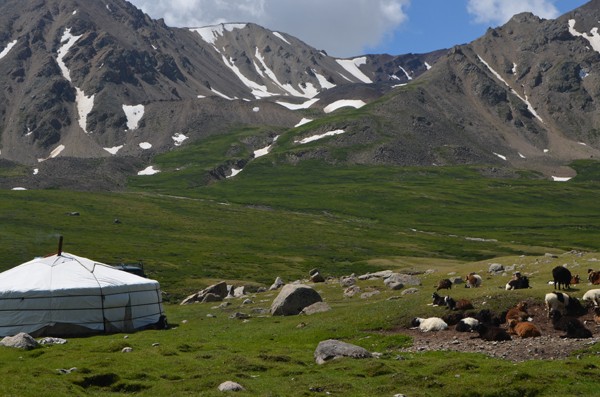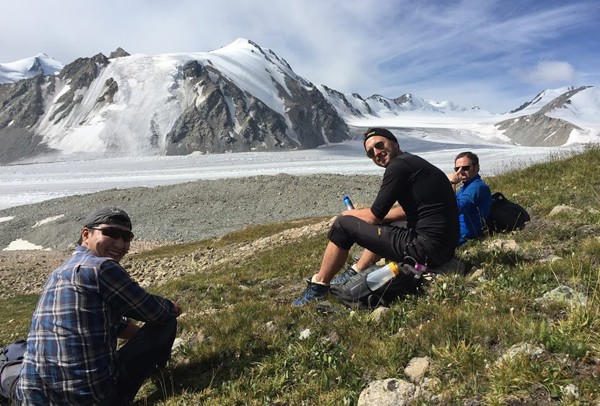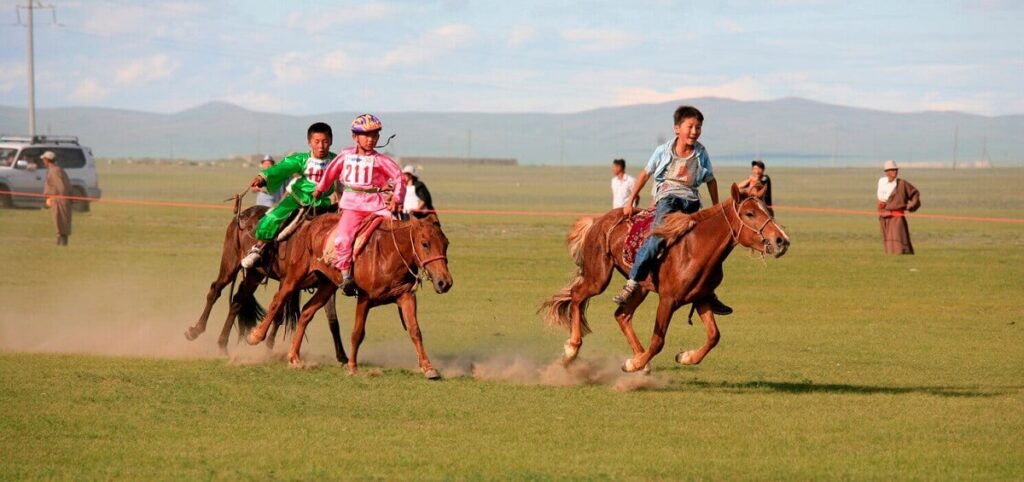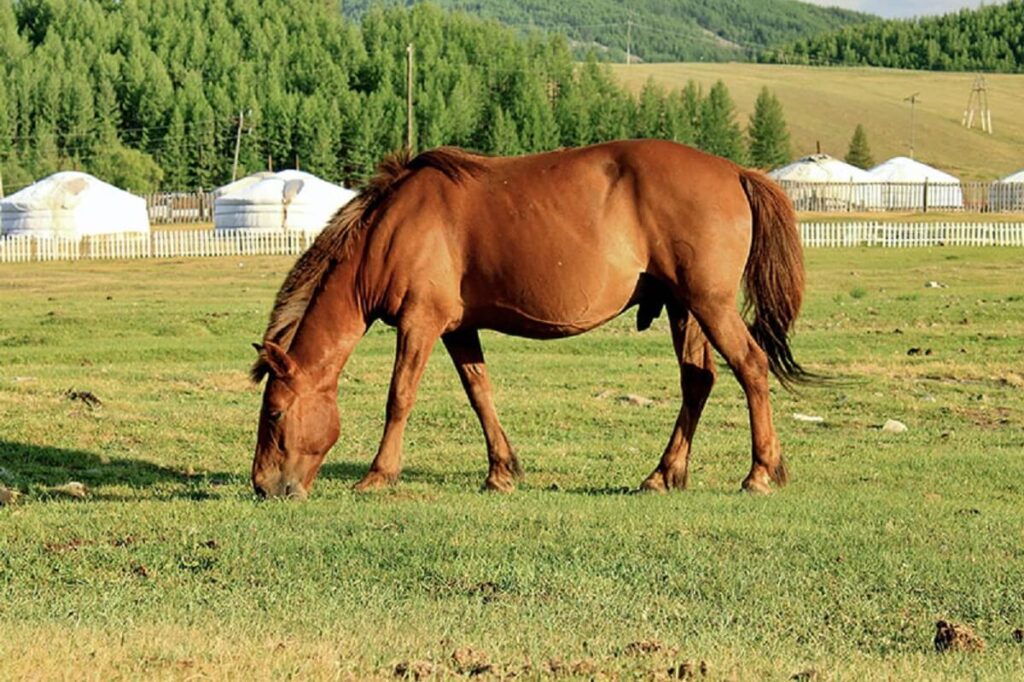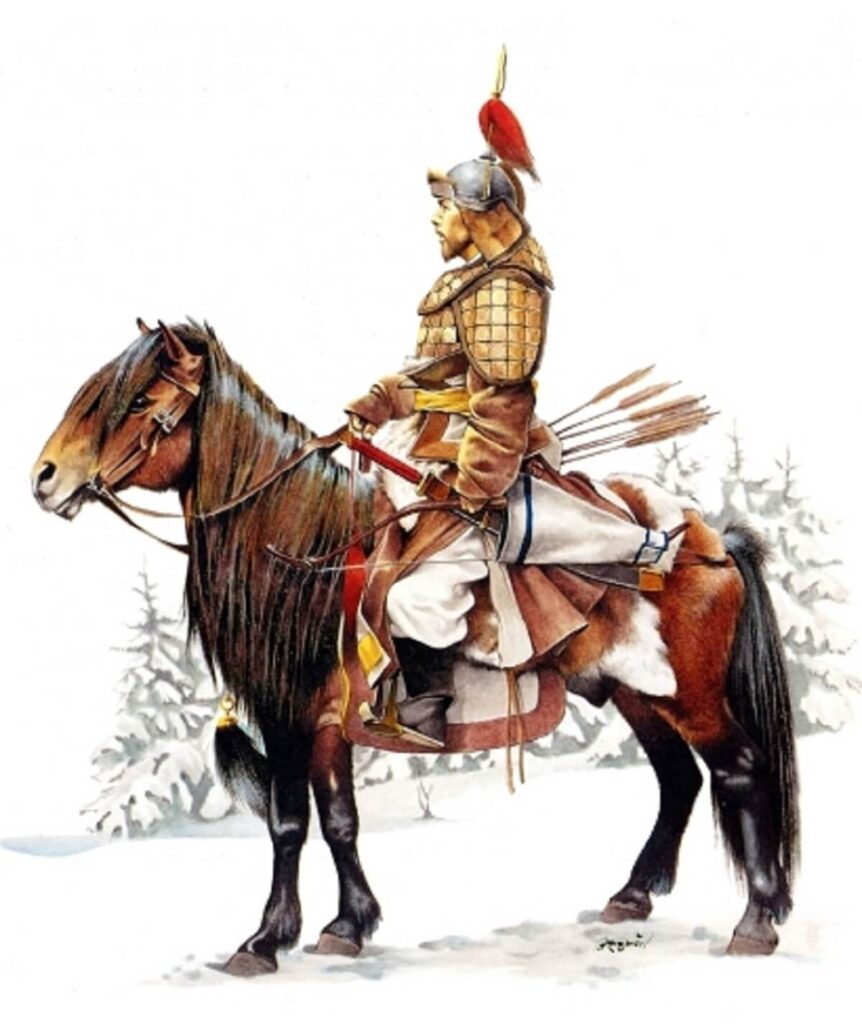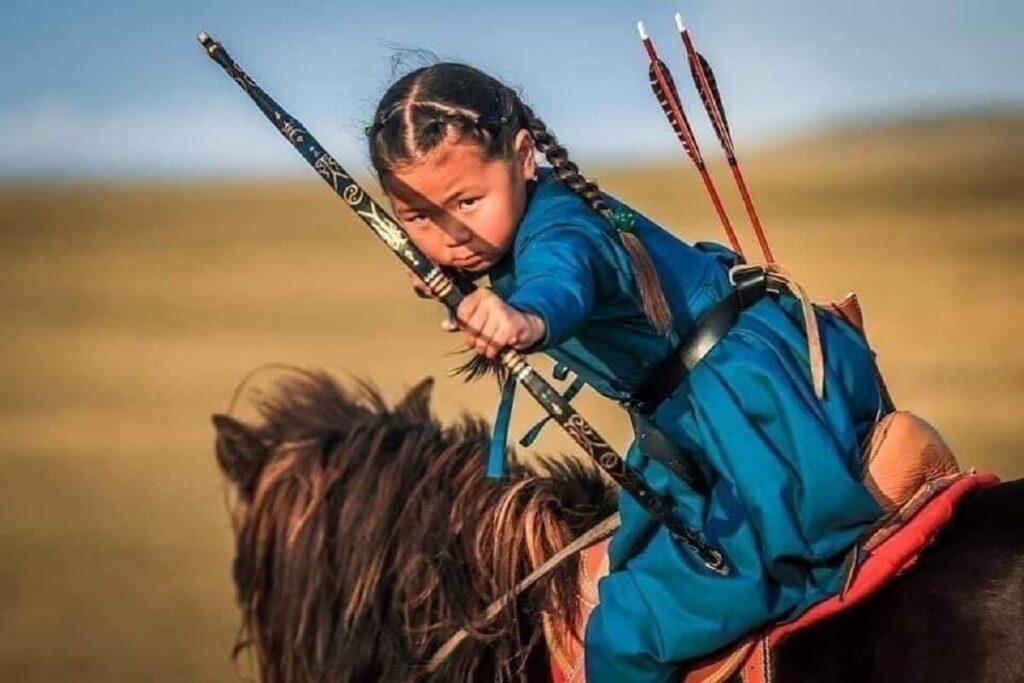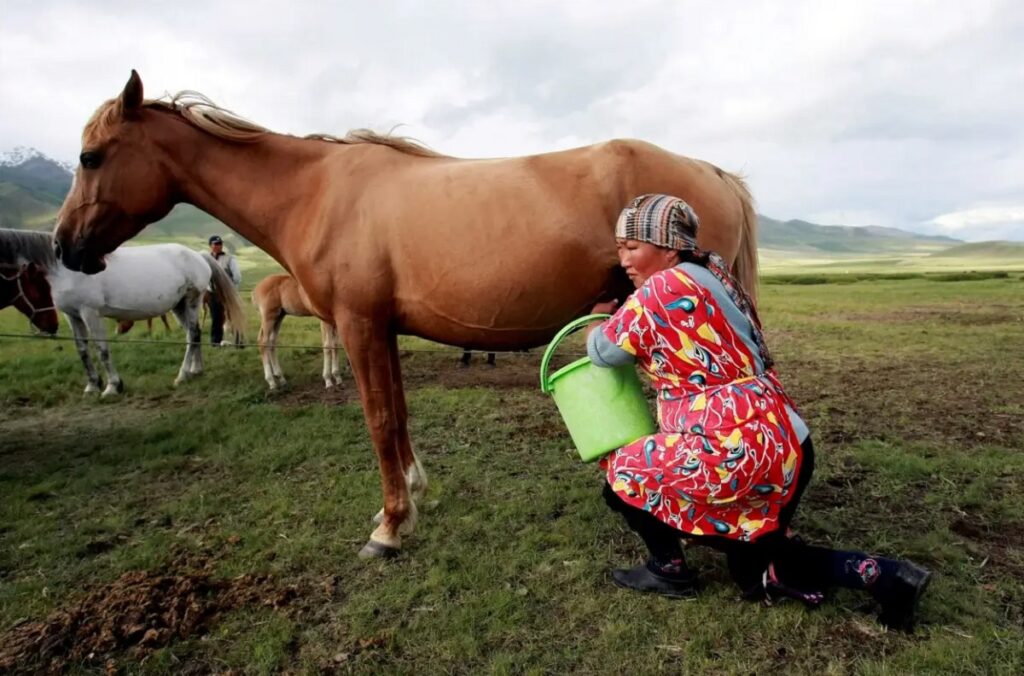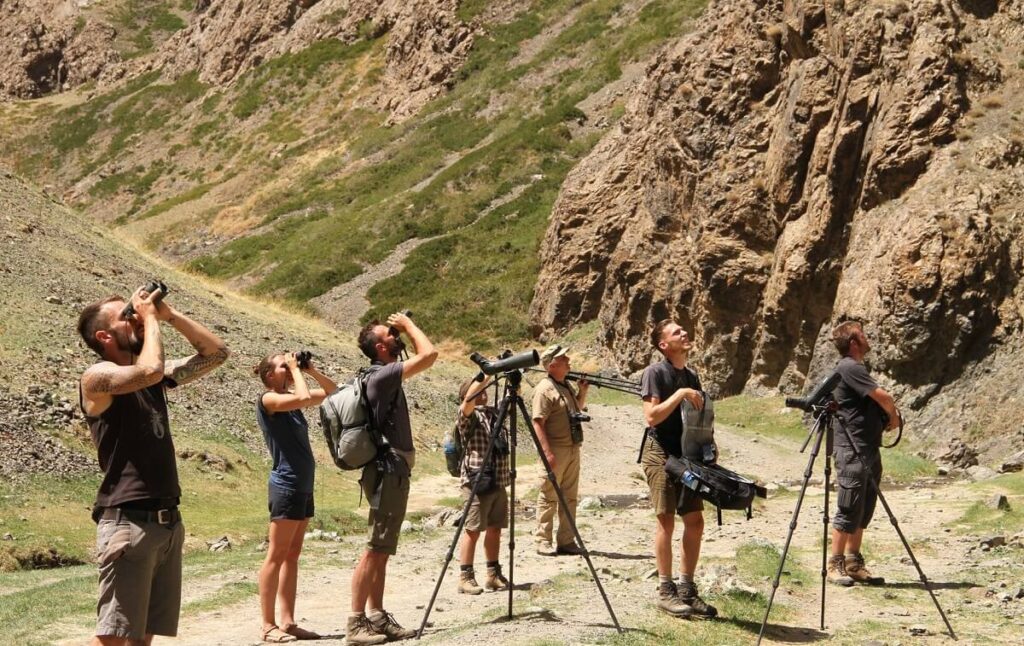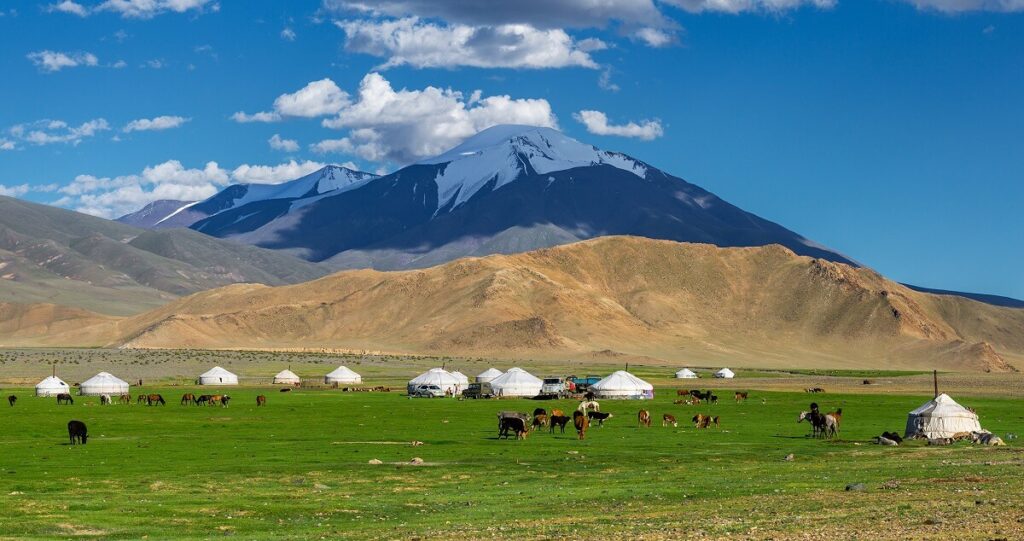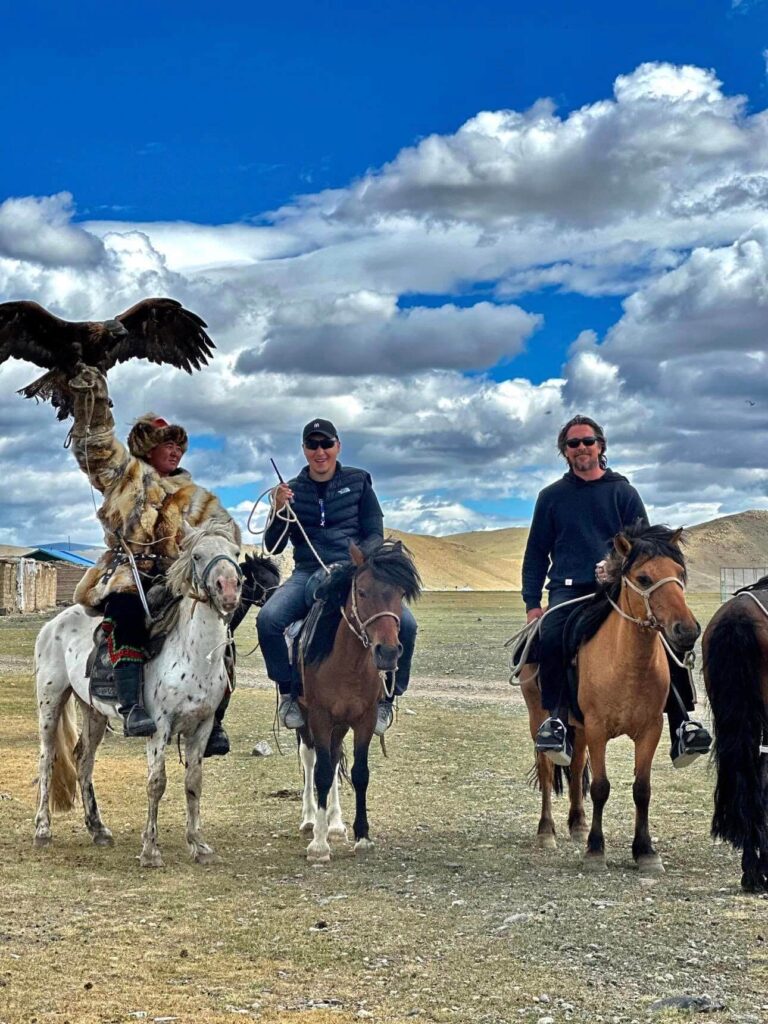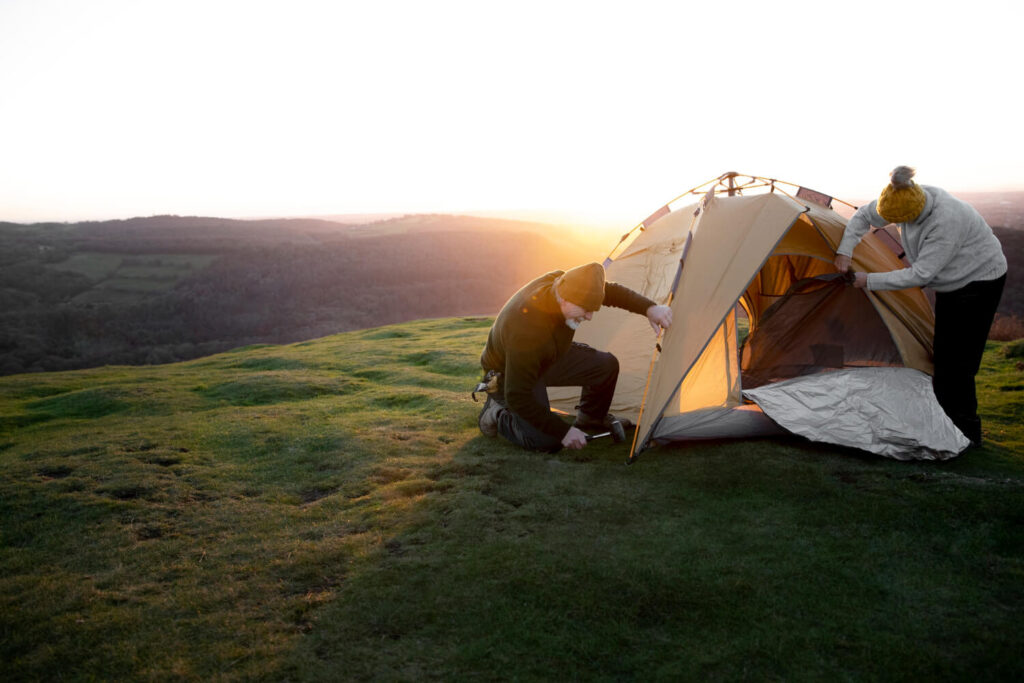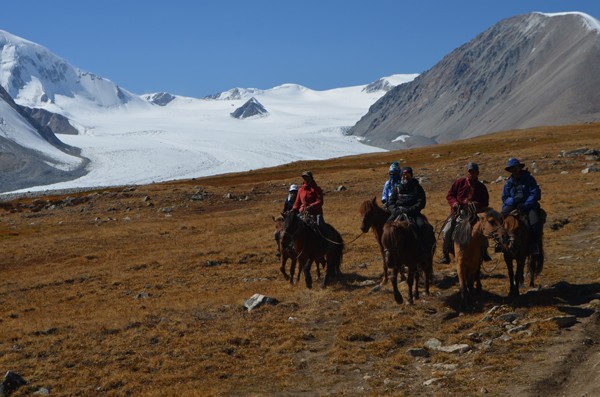If you have never been horse riding before, it is normal to feel a bit anxious. After all, you will be sitting on the back of a large breathing animal. This is why having an expert with you when joining horse riding lessons for beginners is essential; they can give you the guidance and confidence that you need while also being able to share some great tips from their experiences as a rider themselves.
Here are 8 tips for beginner riders that’ll help you look like an expert in the saddle on your first horse trekking tour:
1.WEAR THE RIGHT CLOTHING
Horse riding is a physical activity, so you need to wear clothing that won’t restrict your movement. Choose comfortable clothes that you can move around easily in, like jeans or jodhpurs. You’ll also need closed-toe shoes with a heel – no sandals or Crocs! For your safety, leave dangling accessories at home and wear a helmet while riding.
2. WARM UP BEFORE YOU MOUNT
You wouldn’t go for a run without stretching first, so don’t get on a horse without warming up your muscles. Take a few minutes to walk around and loosen up your arms and legs before you try to mount the horse.
3. GREET YOUR HORSE THEN MOUNT
Horses are living creatures that breathe and feel just like we do. They can have bad days where they get tired, moody, or scared. So, when you approach your horse, give it some time to become familiar with you. Let it smell and lick your hand before petting it calmly while speaking in a peaceful voice.
When you’re ready to get on the horse, ask your trainer or an experienced friend to hold the horse and keep it still. Typically, trainers hold the horse to its right side, and they learn animals to expect riders on their left. So, approach the animal’s left side and take the reins in your left hand. Then place your left foot in the stirrup and put your weight on your left leg as you swing your right leg over the horse’s back. Once you’re in the saddle, adjust your position until you feel comfortable and secure.
4. HOLD THE REINS CORRECTLY
When we feel insecure, it’s natural to try and regain our balance by using our arms and hands. However, this often causes beginner riders to raise their hands too high in the air–sometimes even up to their shoulders. This lengthens the reins way more than necessary and gives the rider no control over the horse whatsoever.
Focus on following the movement of the horse with your seat and core. Keep a light but even tension on the reins, and keep your hands at hip level with your elbows glued to your side. To direct your horse left, simply move the LEFT rein in a sweeping motion towards the left–as if you were opening a door. Move RIGHT to go right. Stop by gently pulling back while pushing both heels down into the stirrups.
5.USE YOUR WHOLE BODY
When you start horseback riding, there are two things you can expect: pain and falling. It’s a physically and mentally demanding sport that takes time for your body to adjust to. In the first few weeks of training, it’s common to experience muscle inflammation, back pain, and minor injuries.
However, you can maintain good posture while horse riding with a few simple tips. This will improve your stability in the saddle, balance and prevent injuries. If you’re a beginner and feeling nervous, don’t worry – we all start somewhere. The best way to position your body is by imagining an invisible line running from your ears through shoulders, hips down to your heels.
Although it may be tempting, do not fix your gaze on your horse while riding. Instead, always keep your eyes peeled for the trail ahead. As long as you can see the path ahead and maintain good posture, you should be able to have a safe trail riding trip.
6.STAY IN TUNE WITH YOUR HORSE
The best lesson we can offer is this: be understanding with your horse. Stay calm and let your body follow the rhythm of the horse as he walks. Can you feel how he rocks you from side to side? If you resist, you’ll only become tense, bounce around uncomfortably, and risk getting thrown off balance or injuring your back. So just let the horse be–within reason, of course. You’re still the leader here and not a dictator.
A helpful tip is to train yourself to breathe in conjunction with your horse’s movement. For example, when you are posting (a trotting gait where the rider rises out of the saddle on one beat and sinks back into it on the next), breathe on every other post.At first, you may have to force your breath until your body takes over instinctively. Otherwise, holding your breath is likely to lead panting and a loss of coordination.
7.LEARN TO WALK BEFORE YOU RUN
Don’t let your initial excitement get the best of you and make you want to gallop before you’re ready. It’s better to learn how to trot on your horse first. Most horses have four gaits: walk, trot, canter, and gallop. As you might have guessed, galloping is not something you should be doing when you’ve just started learning how to ride a horse.
The walk is the steadiest gait and will probably be the fastest you go when riding for the first time. Your safety is more important than impressing someone, so don’t take any unnecessary risks. You can start trotting at some point, but anything faster might be too dangerous if you’re just starting out.
If you want your horse to start trotting, gently bounce it using your heels. Many beginner riders find the bouncing uncomfortable and even painful, but with a little practice it is easy to follow the horse’s rhythm and move in harmony with it. Relax, loosen your legs, and let them hang calmly in the stirrups.
It may be your first instinct to panic when the horse starts trotting, but yanking on the reins will only hurt the animal. Instead, grab onto the horn or a strap and keep yourself secure in the saddle. You can slow down your horse at any time by leaning back slightly and pulling gently on the reins. Always remember that you are in charge, not them.
8.DISMOUNTING YOUR HORSE
Before you dismount, double check that your horse is still. Additionally, it’s much better if someone can hold the horse while you do so. To get both feet out of the stirrups, lean forward, swing your right leg over the horse and jump off smooth as possible – like when you mounted. Finally, thank your horse for an unforgettable experience; give him some water and hopefully you won’t be able to wait long to get back in the saddle!

